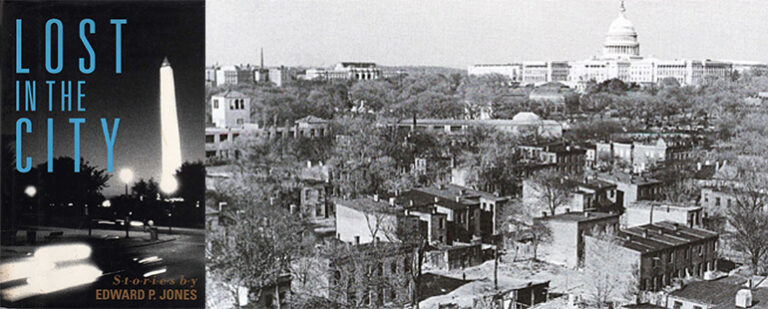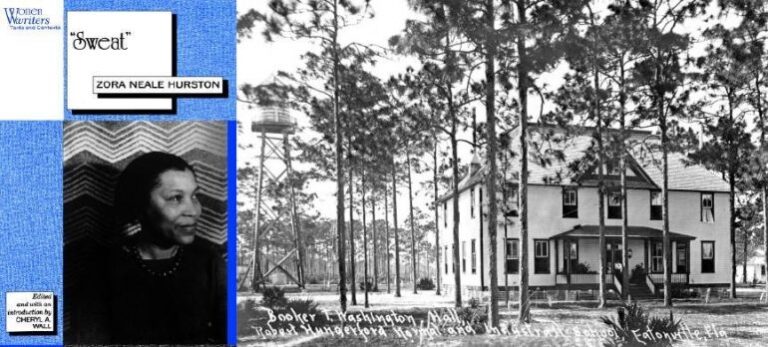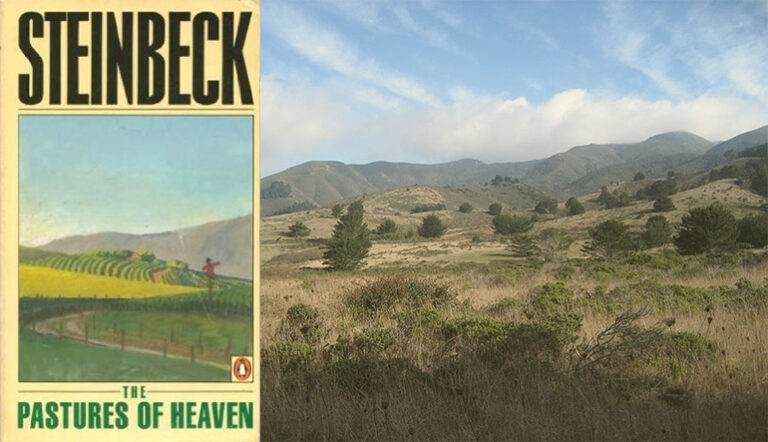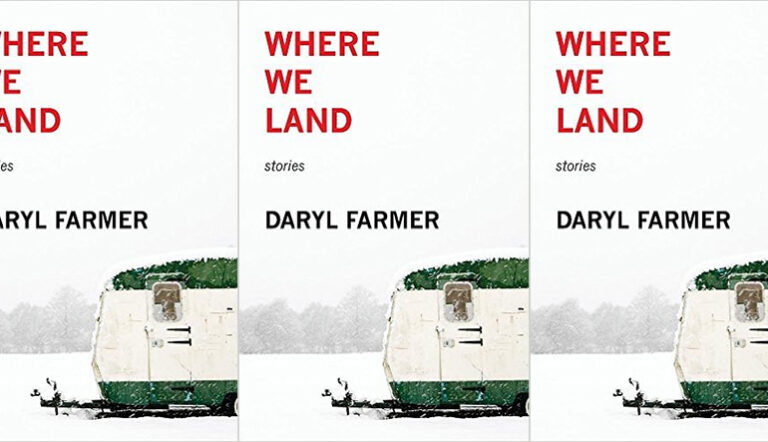The Limits and Freedoms of Literary Regionalism: Edward P. Jones and the Other Side of Capitol Hill
Edward P. Jones does not represent the Washington D.C. of the mainstream—no national monuments perforating his setting, no overt commentary on policy, no presidential-brand elitism lacing his words. Instead, he simply writes the life of the local everyman and pushes anything beyond that into the background, making excess as distant and flat as a souvenir postcard.



